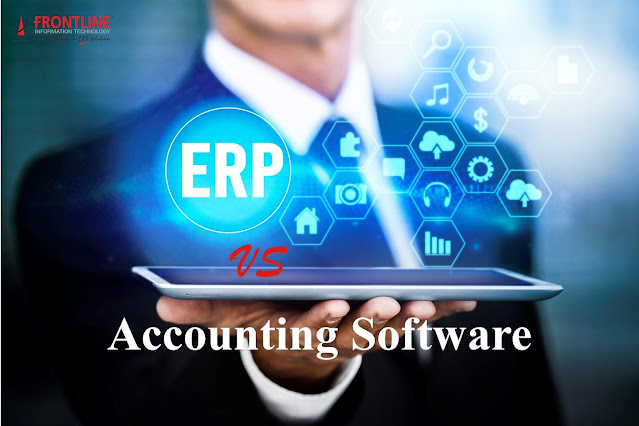10 Factors to keep in mind when setting up an ERP budget
Setting up an ERP must incorporate all
the nuances of a project – from keeping the ERP project on time and within
scope to choosing the right technology solution. The companies on the cusp of making
that plunge into choosing a new solution, a strategic approach to setting a
budget for ERP helps companies successfully execute these projects and help
reduce risk.
The following ten factors to consider
when planning and setting a budget for ERP:
1: Deployment Model
Setting a budget for ERP must take into
consideration how the system will be deployed – whether via an on-premise or
Cloud ERP model. There are benefits of each deployment model. Fee for a
cloud-based system will typically add up to about 20 to 30 percent of the cost
of a similar system’s perpetual license. With an on-premise deployment, users
must still pay annual support and maintenance costs that run between 10 and 20
percent of the original licensing fee.
2: Software Licensing
Depending on the most appropriate
deployment model, software licensing can be grouped into two main categories:
perpetual on-premise license, and subscription-based SaaS license. Typically,
SaaS licensing requires less cash up-front, with costs spread across the
agreement. Cloud ERP licensing reflects that the system is hosted in the cloud,
there is a low cost of entry.
Software licensing isn’t the only price
point to consider. Understand all the costs – including hardware, database and
middleware software, etc. – prior to making any decisions.
3: Number of Users
The size of the organization, the
structure of business functions and responsibilities, as well as other
structural considerations all come into play when assessing how many number of
users will be on the system.
Obviously small and midsize businesses
(SMBs) will generally require fewer user licenses, but should keep into mind
partners, suppliers and extended enterprise users that might need access
4: Applications, Feature Sets
A strategic approach to setting
requirements includes linking them to ROI, and envisioning the future state,
also known as business
process re-engineering.
Looking at each functional area, the
project team reviews the problems in the current state and identifies best
practices and ERP requirements for improved business processes in the future
state that eliminate waste and improve productivity. The team thus develops a
business case for change. Requirements which is too broad or even too specific
could potentially prove to be a drain on budget later on in the project.
5: Infrastructure (hardware, software)
The on-premise deployment model will impact
the process of setting an ERP budget. What are the hardware requirements
of the new solution and what are the cost impacts? Are there infrastructure
investments needed for reliability and security?
In addition, regardless of the
deployment model, a new solution might necessitate additional software
investments as well.
Many ERP implementation projects
require additional internal resources or external third parties to integrate
with other systems, solutions and functional areas.
Setting an ERP budget must take
into consideration the resources to integrate and communicate with the ERP
system, this may require additional software or development time with that
company to facilitate.
7: Customizations, Development
Initiatives
As with integration resources, there
are budget implications to any customizations or additional development
initiatives.
Customizations and development
initiatives might be needed around areas like automation and workflows
8: Training
From training demos and webinars to
phased pilot training programs, the better trained a company users the better
return from the ERP system.
User adoption and user acceptance of a
new or upgraded ERP system must involve a thorough training program.
Setting an ERP budget must take into consideration building an extensive
library of training courses, educational materials, and user resources to
develop an effective training strategy.
9: Support and Maintenance
Cost of ERP support and
maintenance is typically 15% – 20% of the investment in an ERP
solution. Setting an ERP budget must take into consideration the impact of
support and maintenance.
A budget must reflect support and
maintenance costs when calculating the total cost of the system. It might
be possible to put a cap on maintenance and support costs in the future – get
the information up front for budgeting.
10: Scalability
When setting a budget for ERP, be sure
to consider if the technology support future growth and competitiveness. Does
the current ERP system support the company’s plans for growth in areas of new
distribution channels and e-commerce.




Comments
Post a Comment